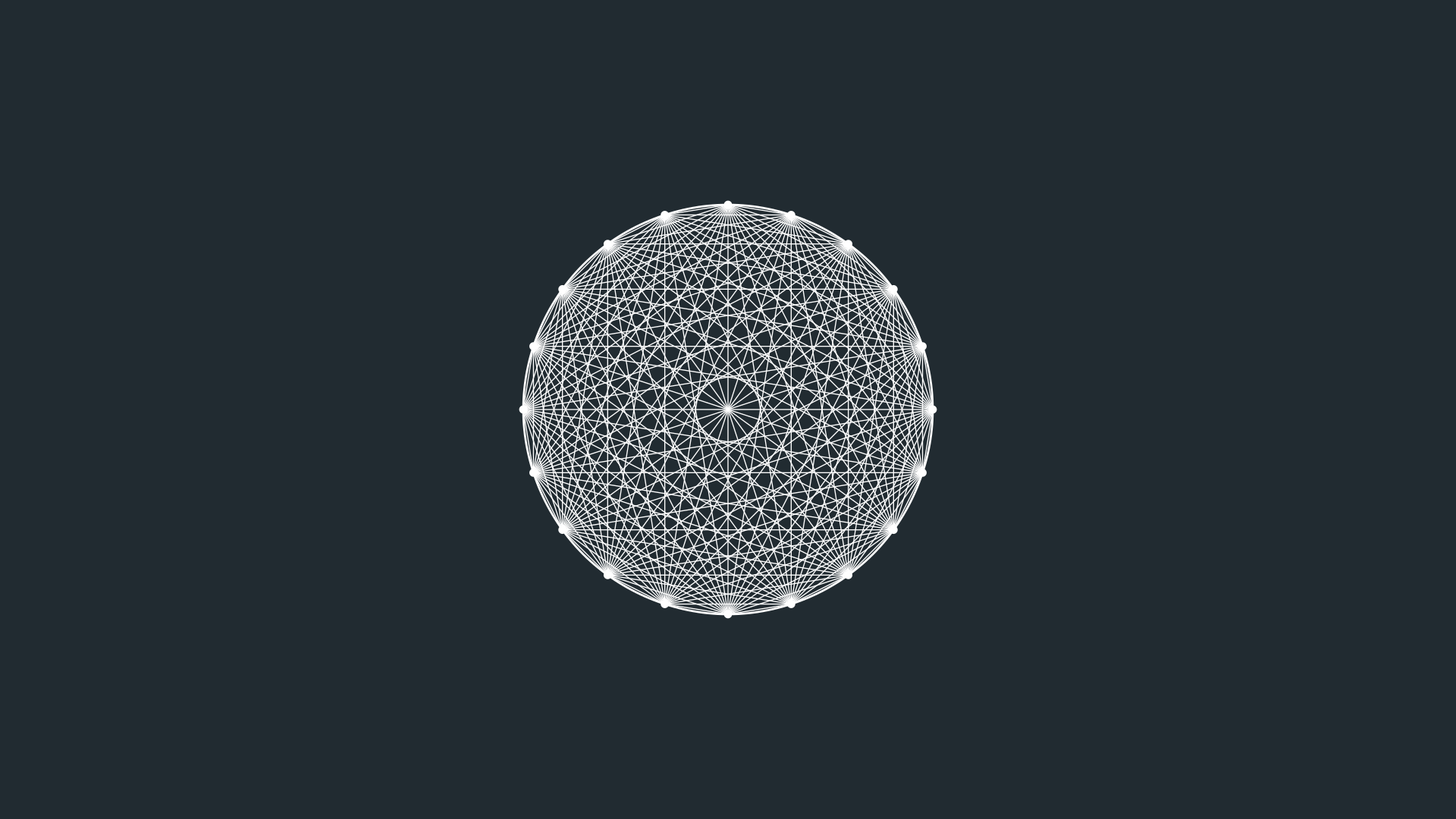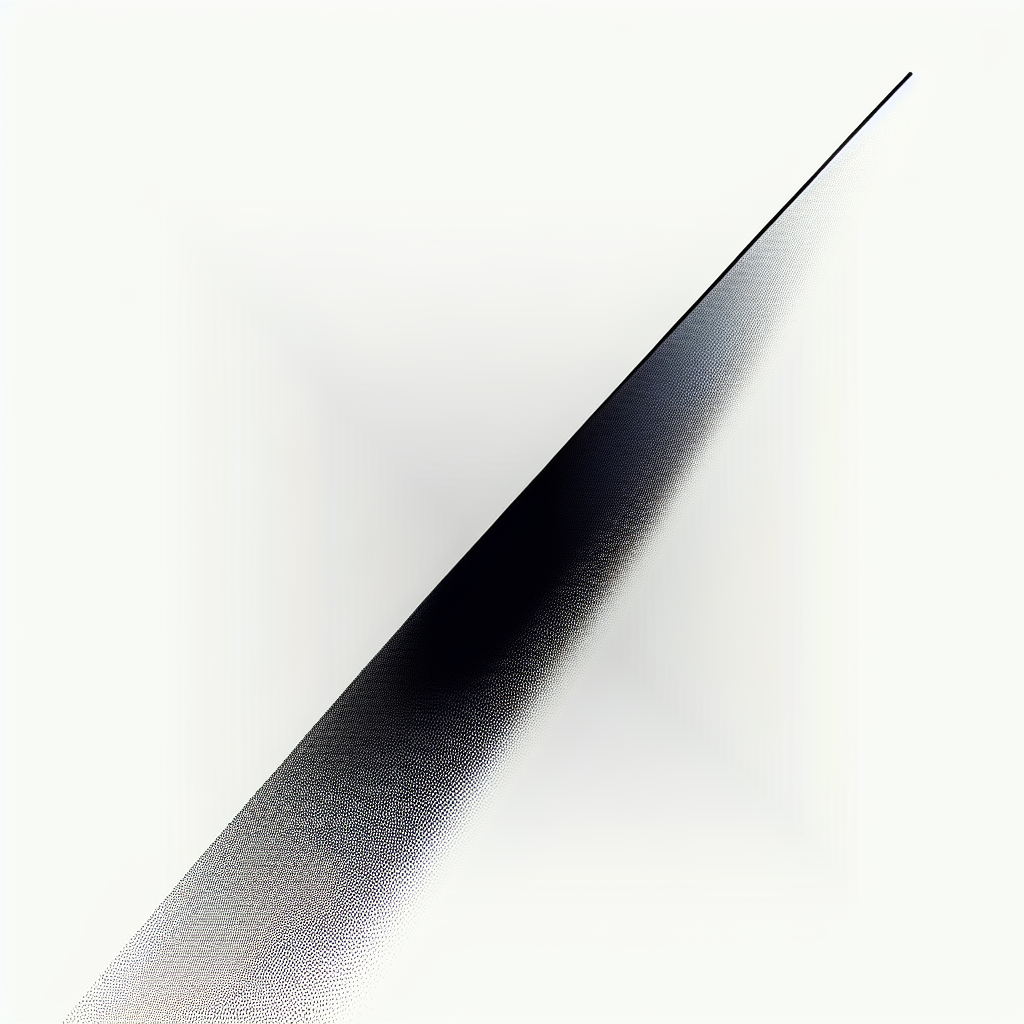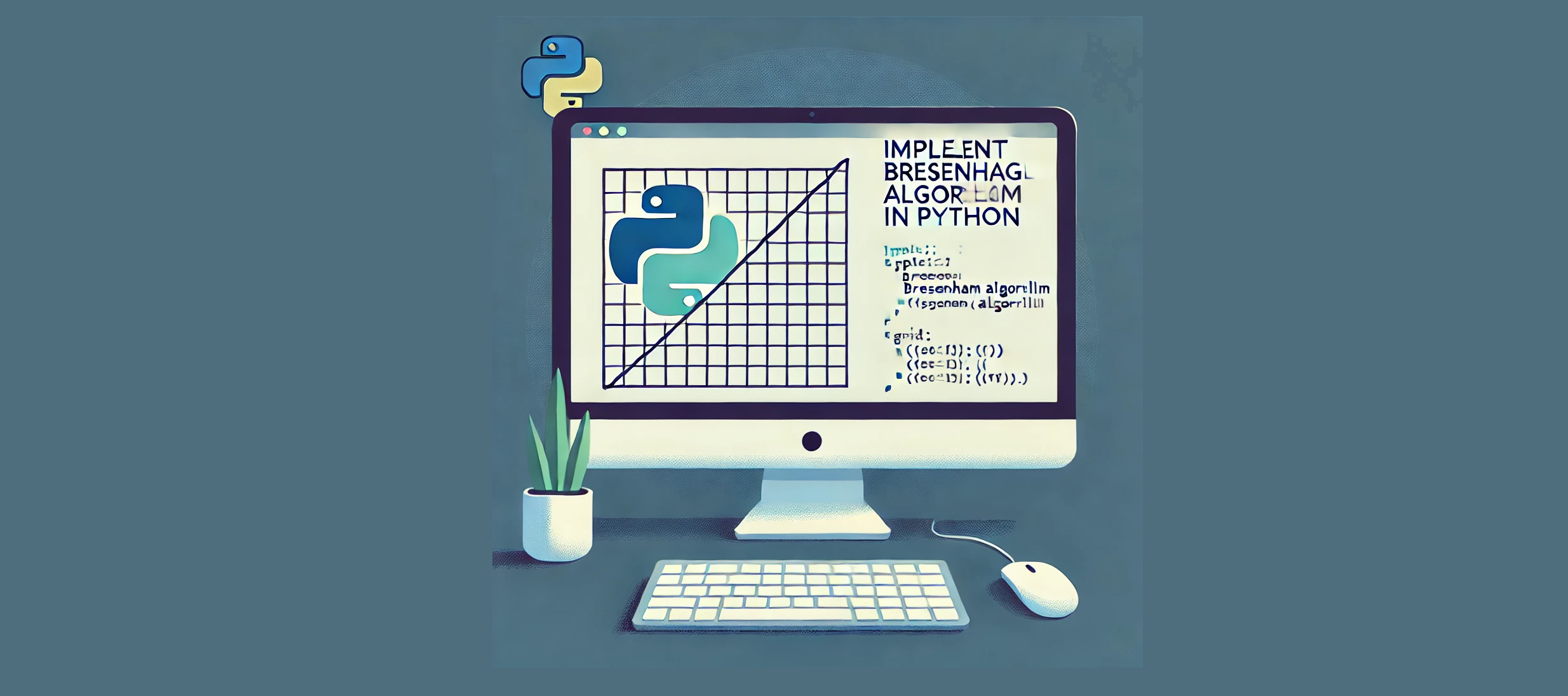Brief Introduction
Computer screens are made up of a grid of discrete pixels, which means they can only represent whole numbers, there’s no such thing as half a pixel.
In everyday life, we can draw a line between two points using the mathematical equation $y = mx + c$,
but on a computer screen, this continuous representation must be translated into individual pixels. This introduces a challenge: how do you represent something smooth like a line when you’re limited to tiny square blocks? 🤔
This process of converting a mathematical representation into a series of colored pixels is called rasterization, and it’s at the heart of how computers draw. Using clever algorithms, computers decide which pixels to color to approximate the mathematical line. Even though pixels are discrete, they are so small that, when viewed from a distance, the result looks like a perfect straight line.
Rasterization
Rasterization is the process computers use to convert mathematical objects, called vectors, into pixel-based images that can be displayed on a screen. Vectors are defined using mathematical equations and are resolution-independent, meaning they can be scaled without losing quality. However, computer screens are made up of discrete pixels, so these smooth, scalable vector graphics need to be translated into a fixed grid of pixels, this is where rasterization comes in.
Imagine mathematical shapes, like a perfect circle or square, described with precise instructions. When rasterized, these shapes are transformed into a grid of tiny colored squares (pixels). The grid approximates the smooth edges of the circle or the sharp corners of the square, creating a digital representation of the original shapes. (See Figure 1)

Figure 1
To perform rasterization, computers rely on various algorithms and techniques, including:
- Bresenham’s Line Algorithm: For drawing straight lines.
- Scanline Algorithm: For filling polygons.
- Anti-Aliasing Techniques: To smooth out jagged edges caused by pixelation.
Different Line Drawing Algorithms
1. Bresenham’s Line Algorithm: This is one of the most popular algorithms for line drawing due to its efficiency and accuracy. It uses integer arithmetic to determine which pixels should be plotted to form a close approximation of a straight line between two points.
2. Digital Differential Analyzer (DDA) Algorithm: This is a simple algorithm that incrementally plots points along the line using floating-point arithmetic. It calculates intermediate points based on the differential equation of the line.
3. Midpoint Line Algorithm: Similar in approach to Bresenham’s algorithm but uses different decision criteria based on midpoint testing to determine which pixel should be chosen next.
4. Xiaolin Wu’s Line Algorithm: This algorithm is used for anti-aliased line drawing, providing smoother lines by varying pixel intensity based on how much of each pixel is covered by the theoretical line.
5. Gupta-Sproull Algorithm: An extension of Bresenham’s algorithm that provides anti-aliasing to improve visual quality by varying pixel intensity.
Advantages of Breshenham Algorithm
Efficiency:
The algorithm uses only integer calculations, avoiding the need for floating-point operations. This makes it faster and more suitable for systems with limited computational resources.
Accuracy:
Bresenham’s algorithm ensures that the closest possible pixel is selected for the line, resulting in a visually accurate representation of the line on a pixel grid.
Simplicity:
The logic of the algorithm is straightforward, relying on iterative decision-making, which makes it easy to implement.
Low Memory Usage:
The algorithm operates incrementally and does not require precomputing or storing additional data, minimizing memory usage.
Real-Time Applications:
Due to its speed and efficiency, Bresenham’s algorithm is well-suited for real-time graphics rendering, such as in video games or interactive applications.
Works for All Slopes:
The algorithm handles lines with both positive and negative slopes efficiently, ensuring proper pixel selection regardless of the line’s orientation.
Adaptability:
Variants of the algorithm can handle anti-aliasing (to smooth jagged edges) or adapt to different rendering contexts, such as plotting in 3D space.
References
Next :- Math Behind Breshenham Algorithm



